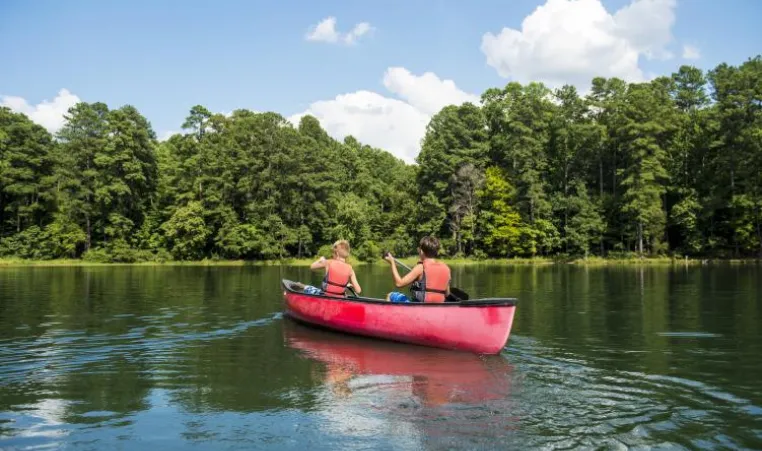
May is National Water Safety Month. When the weather starts to heat up, the pools, lakes, oceans, rivers and other bodies of water start calling! While swimming can be a very enjoyable activity this summer, it is important to remind all parents and caregivers of the importance of water safety. We're sharing these six tips on how children can stay safe in and around the water.
As “America’s Swim Instructor,” the Y teaches more than 1 million children invaluable water safety and swimming skills each year. The Y wants to make sure parents, caregivers and children make water safety a top priority as they head back into the water this year.
Tip # 1: Make sure children know to always ask permission before going in or near the water.
Teaching your children to be water smart is the first step in water safety – be sure they understand the importance of asking permission before going in or near the water.
Tip # 2: Never swim alone without a water watcher.
When children are swimming, make sure they are actively supervised at all times. Teach your children that they should only swim in locations where a lifeguard is on duty, or where a responsible adult agrees to watch the children in the water without distractions.
Tip # 3: Supervise your children whenever they’re in or near water.
Whether it’s bath time or taking a dip in a pool or waterfront, make sure your children are within arm’s reach at all times.
Tip # 4: Don’t engage in breath holding activities.
Children should not hold their breath for a prolonged amount of time while swimming, as this can be dangerous.
Tip # 5: Wear a life jacket.
Inexperienced or non-swimmers should always wear a Coast Guard-approved life jacket while in or around the water.
Tip # 6: Don’t jump in the water to save a friend who is struggling in deep water.
If a child finds their friend in deep water unexpectedly, their natural reaction may be to jump in the water to try and save them. Even if a child is a great swimmer, a panicked person will overpower them, pulling the rescuer under water. The Y’s Safety Around Water program teaches the “reach, throw, don’t go” concept of using a long object to reach for them, and pull them to safety. By using this technique, children can help their friend without compromising their own safety.
To learn more about the Y’s Safety Around Water program and Y Swim Lessons, visit KansasCityYMCA.org/Swim.





